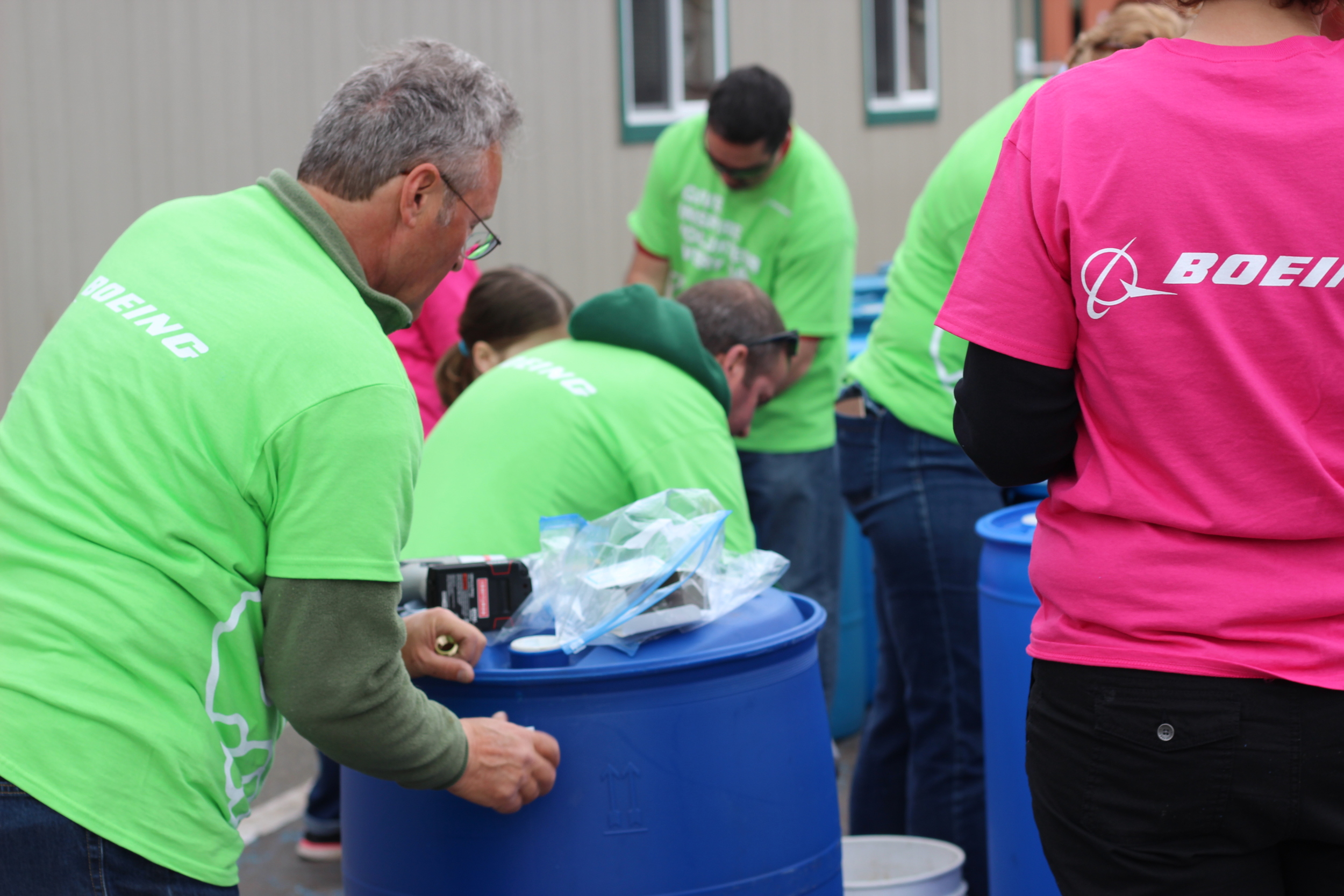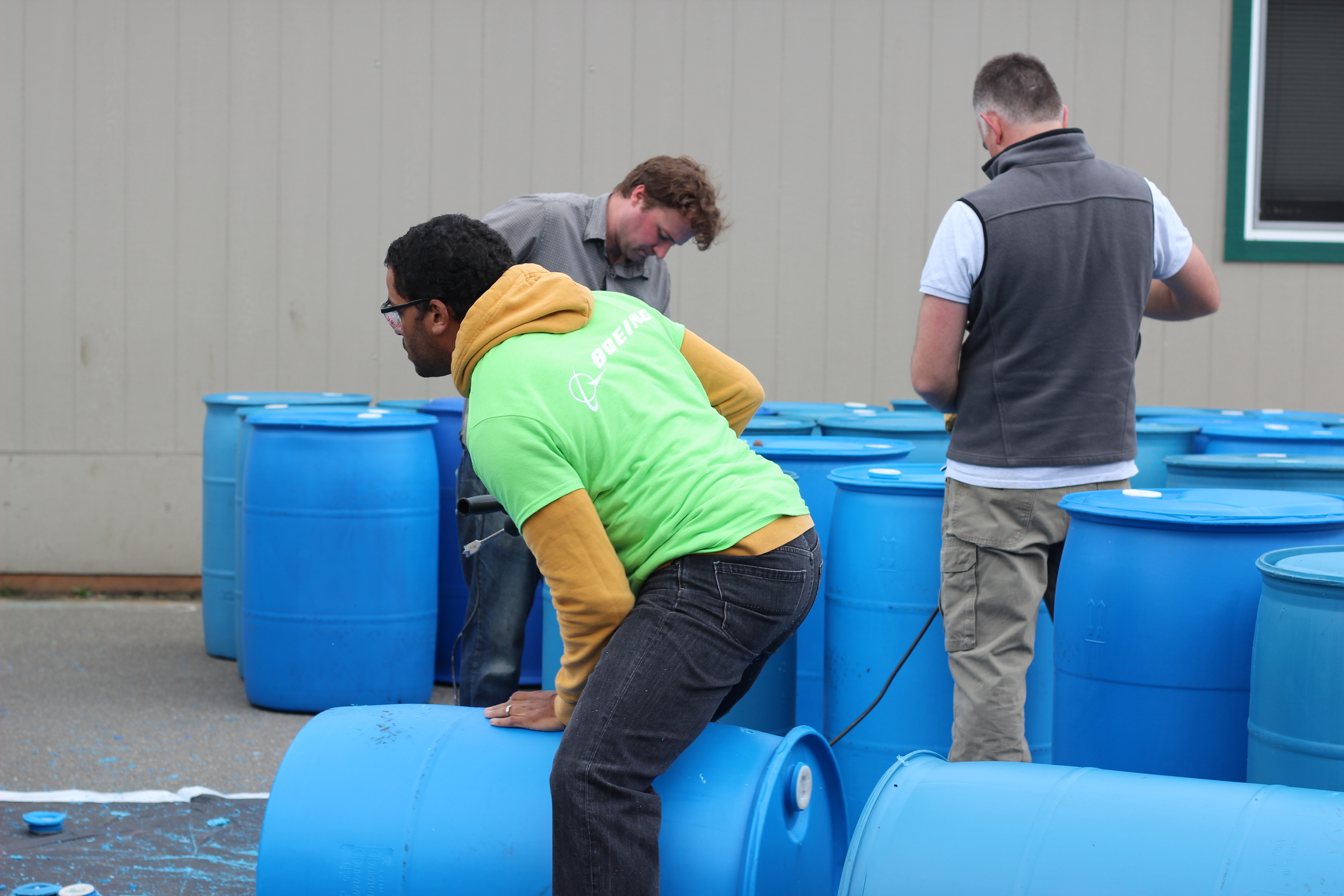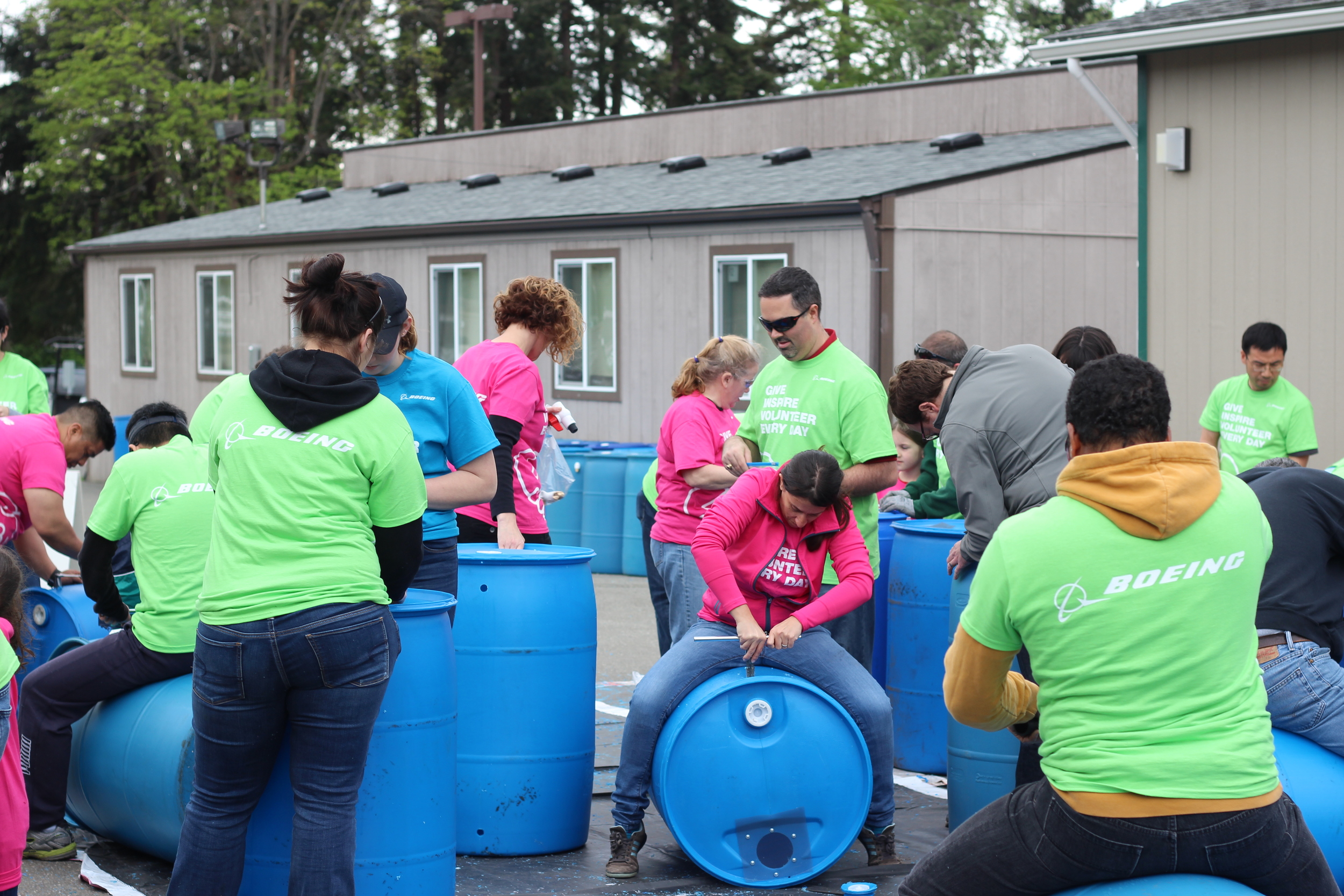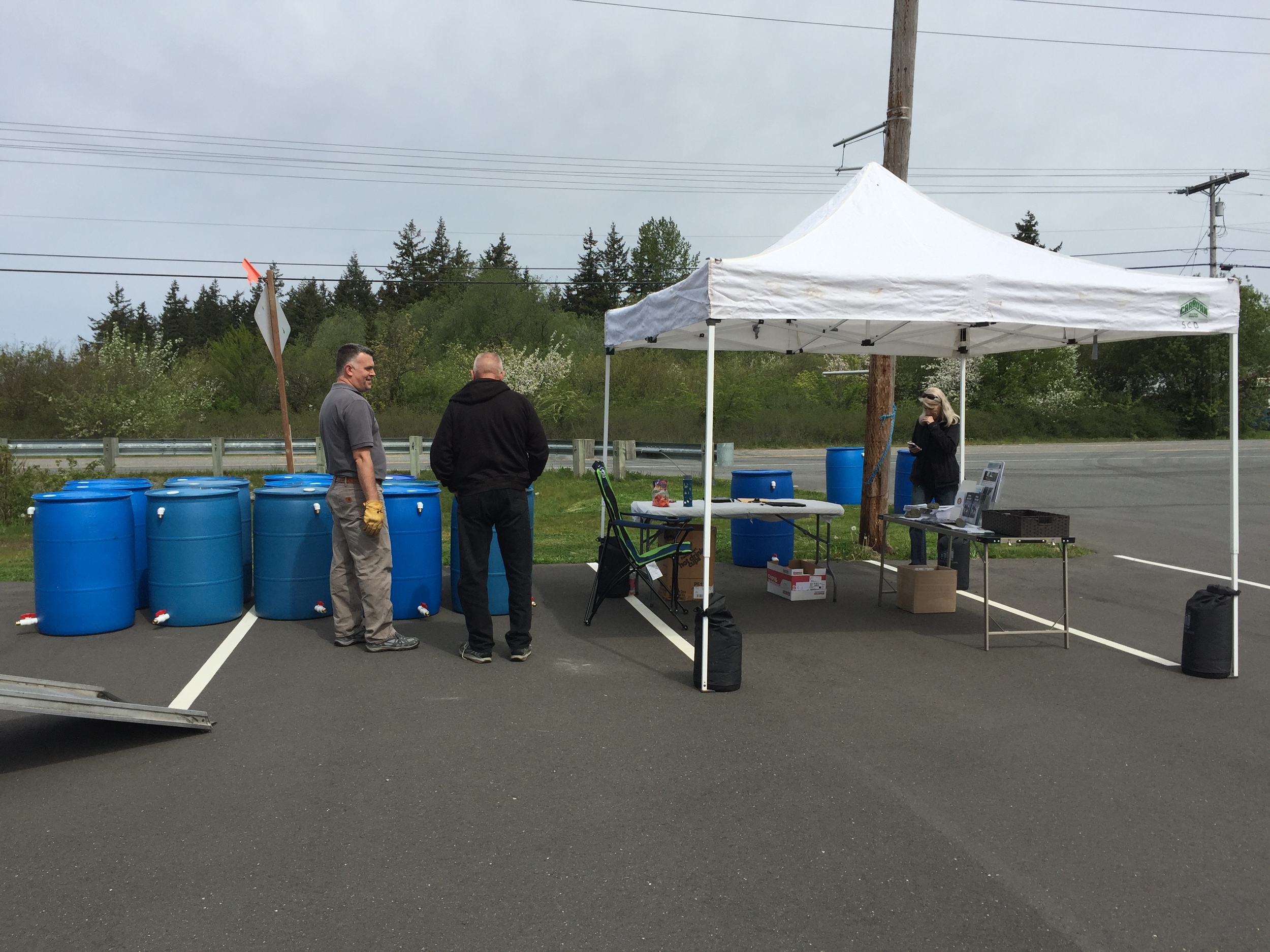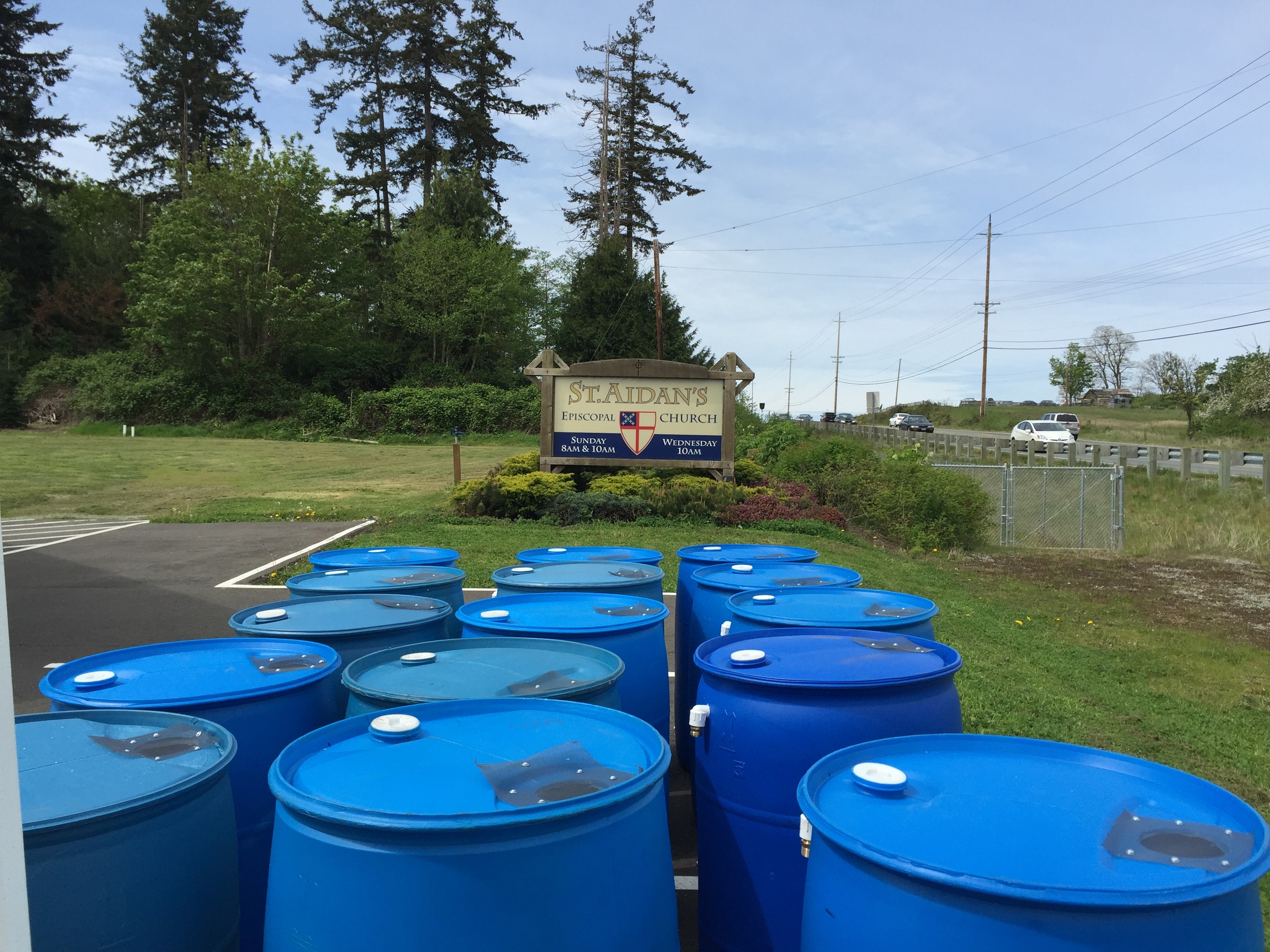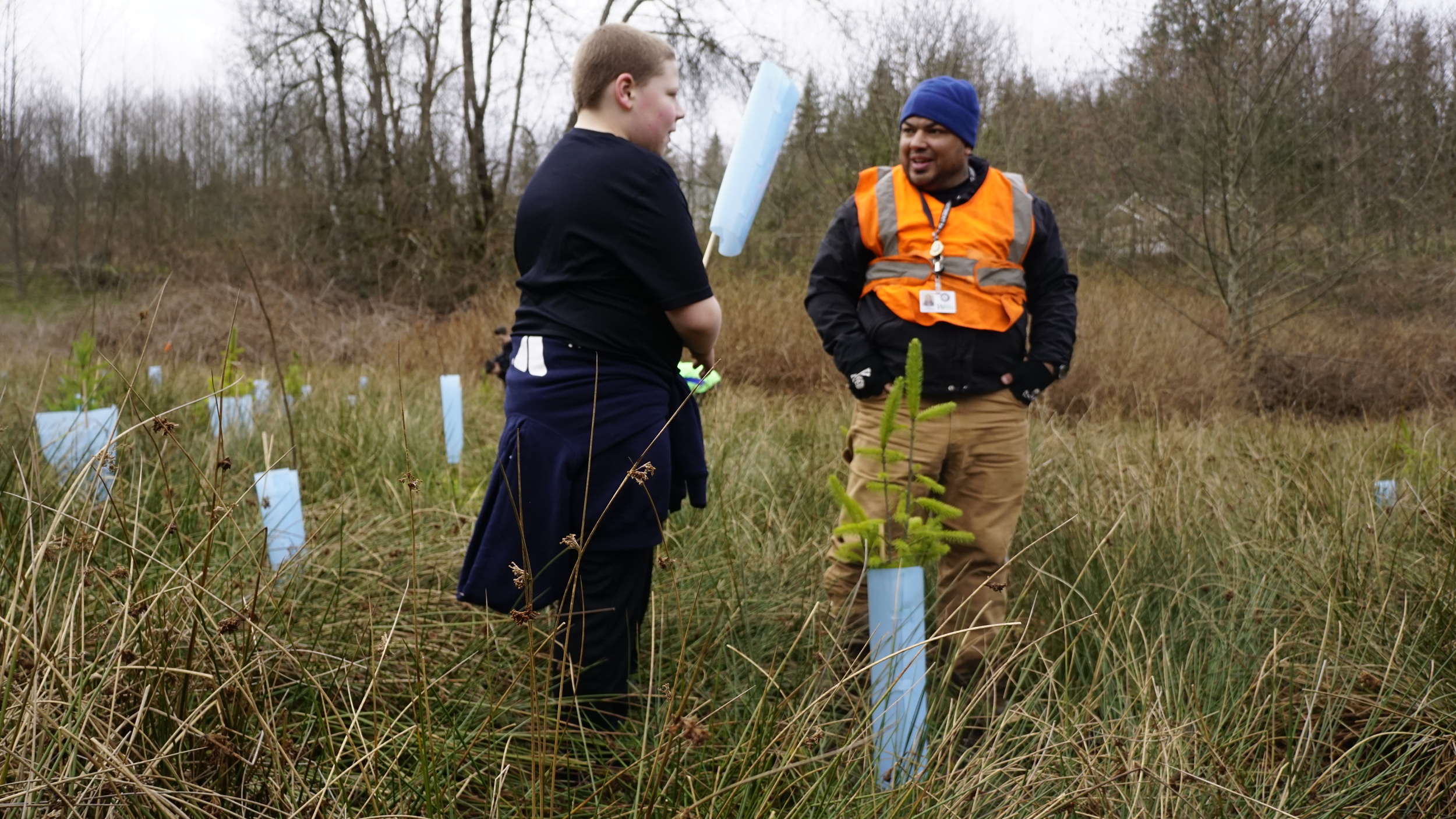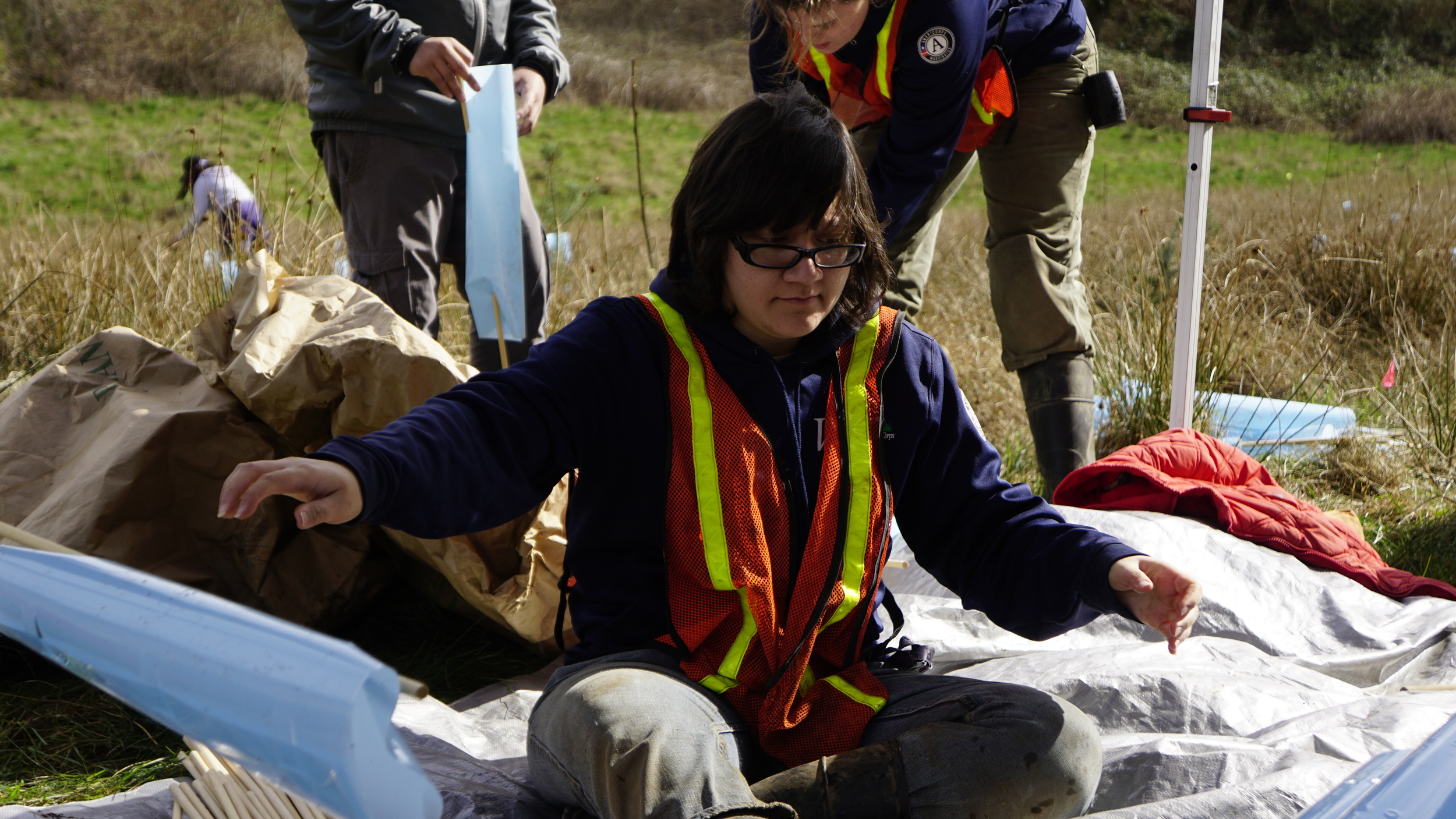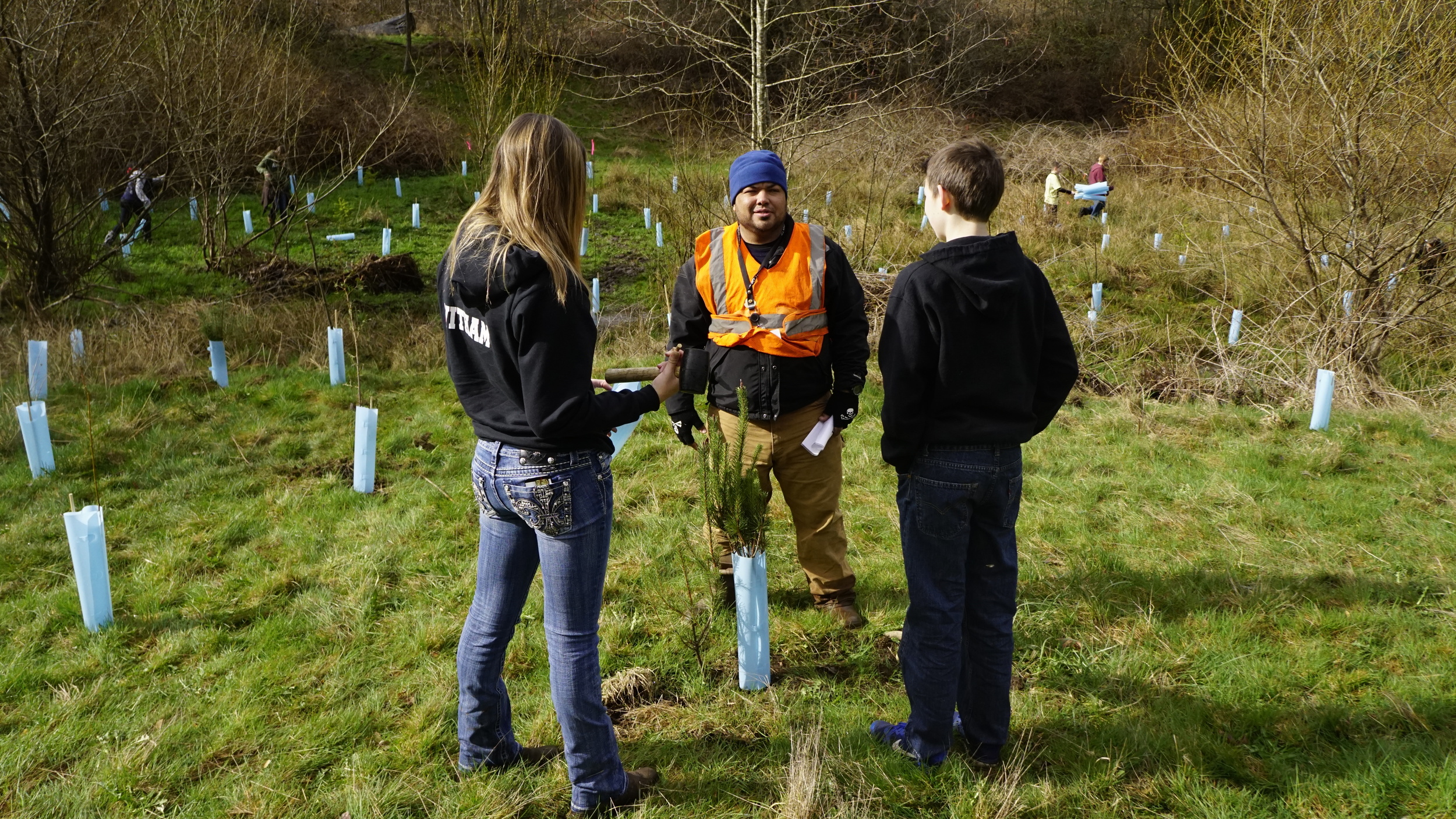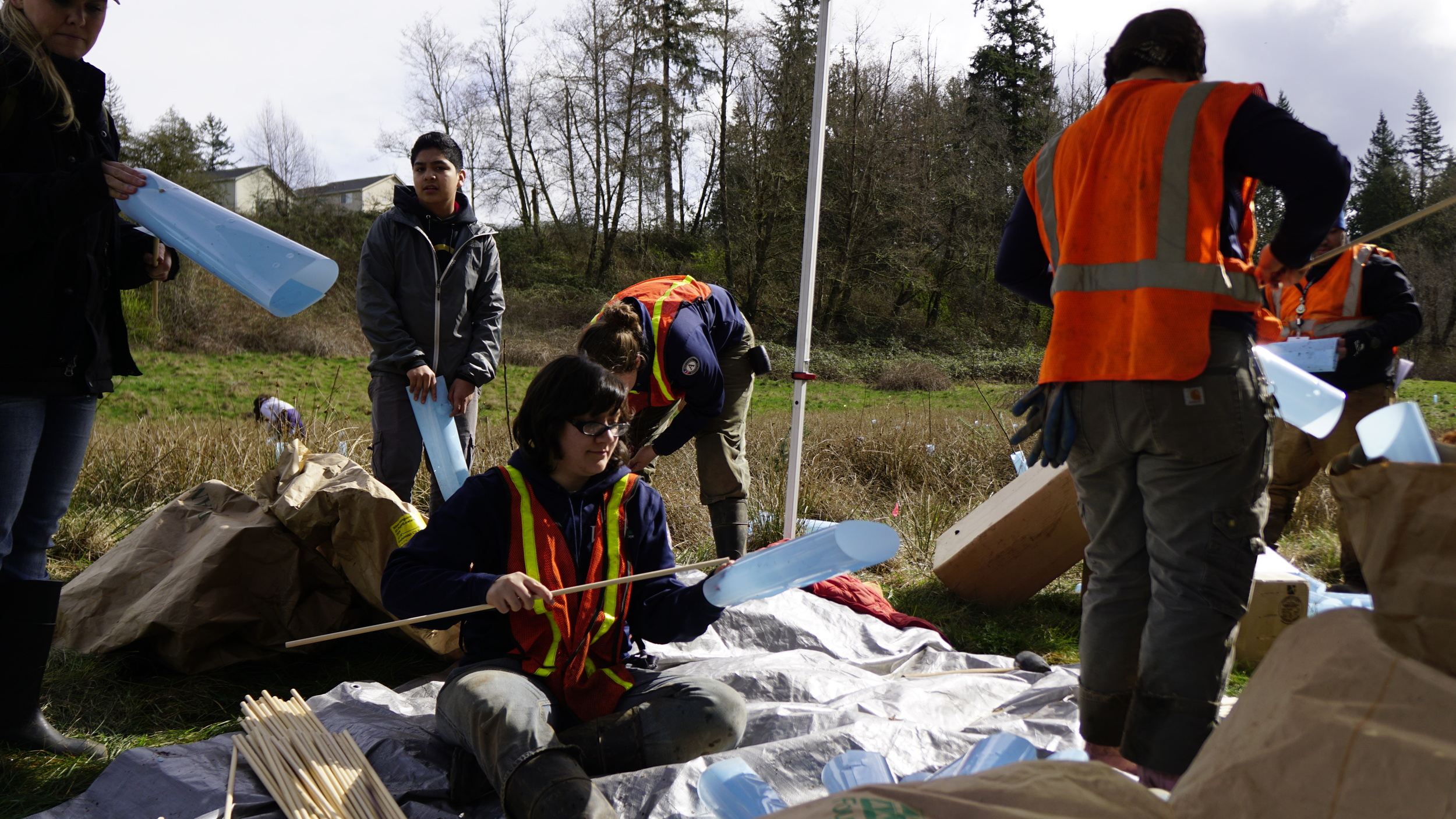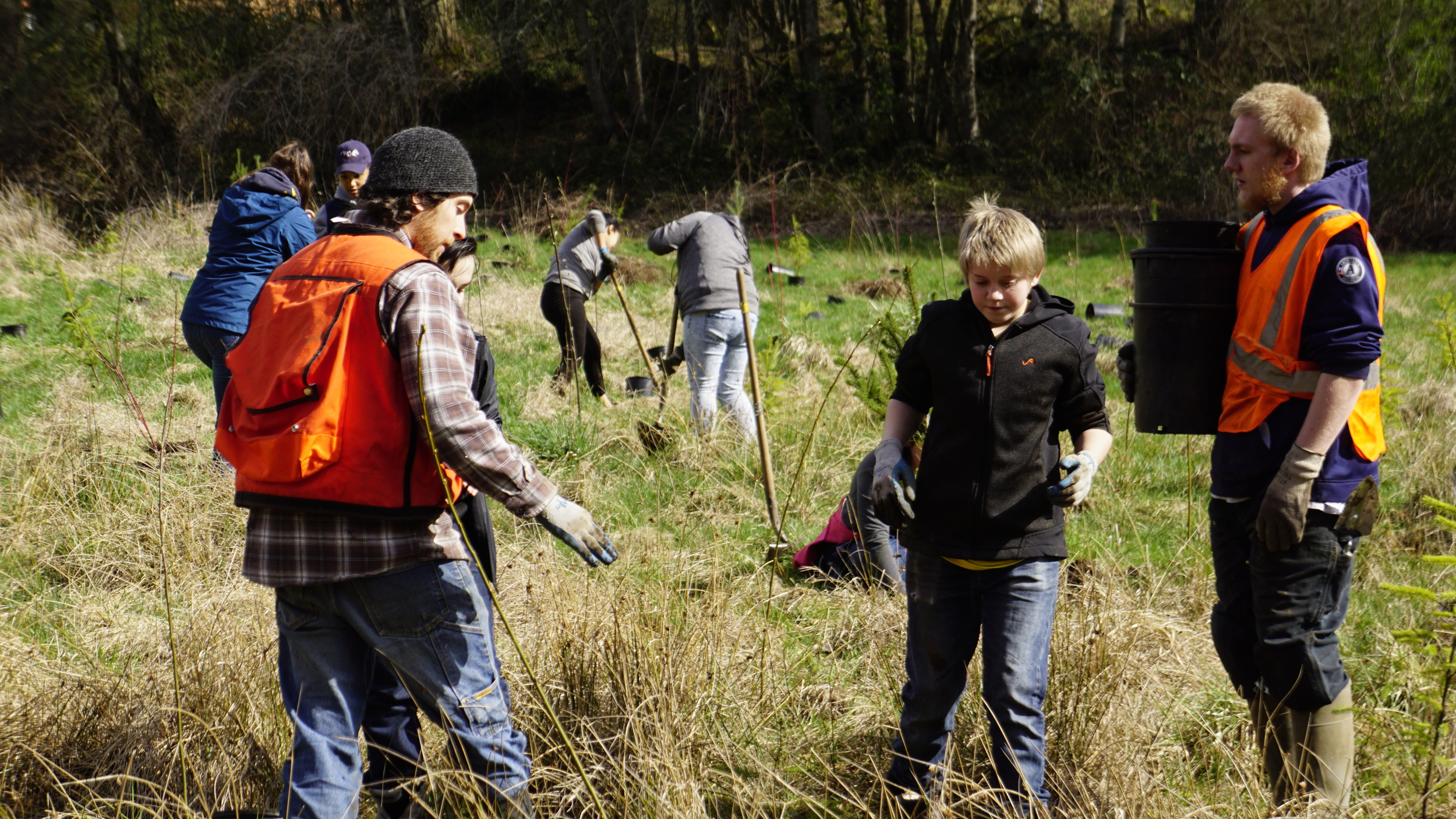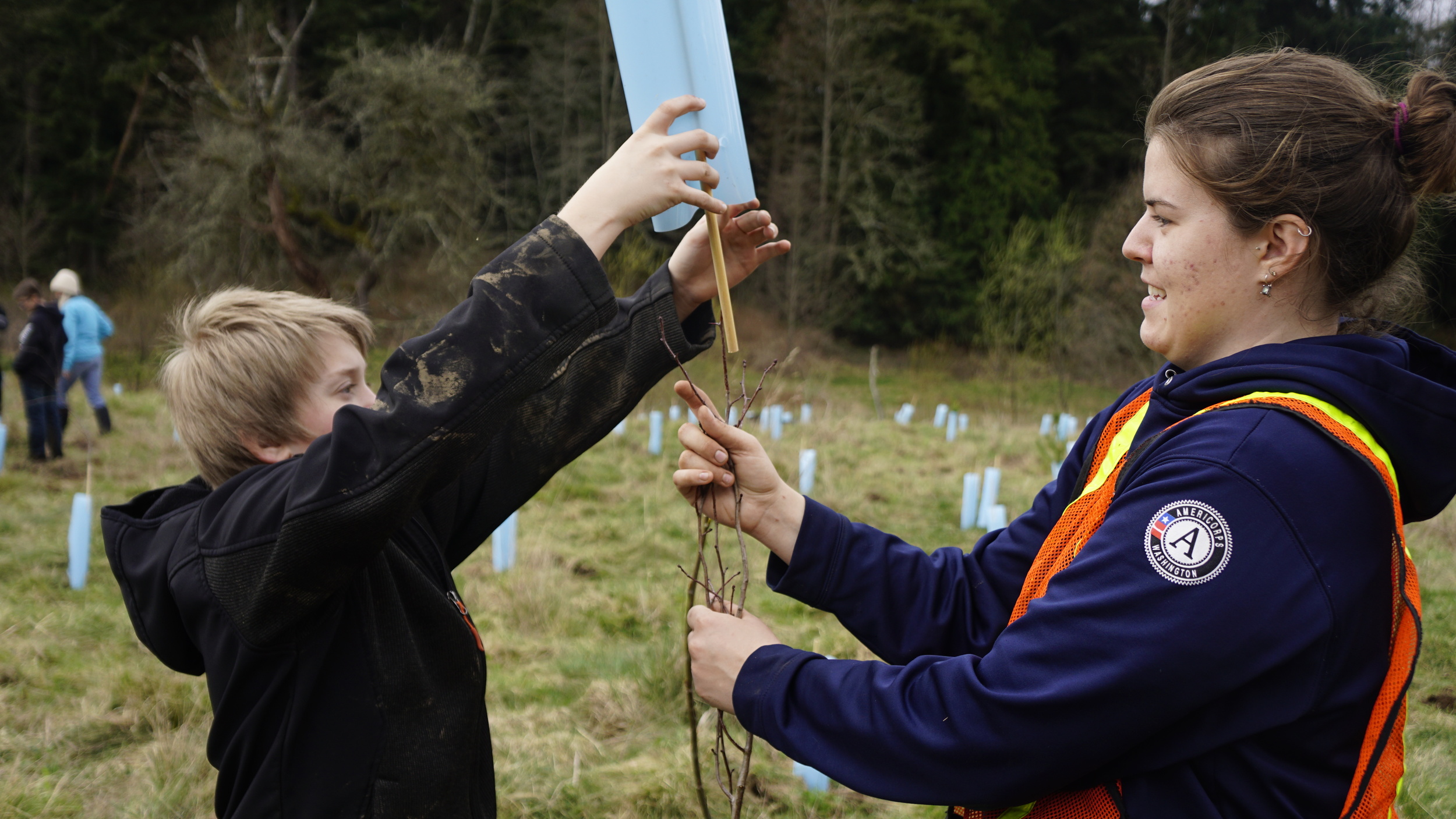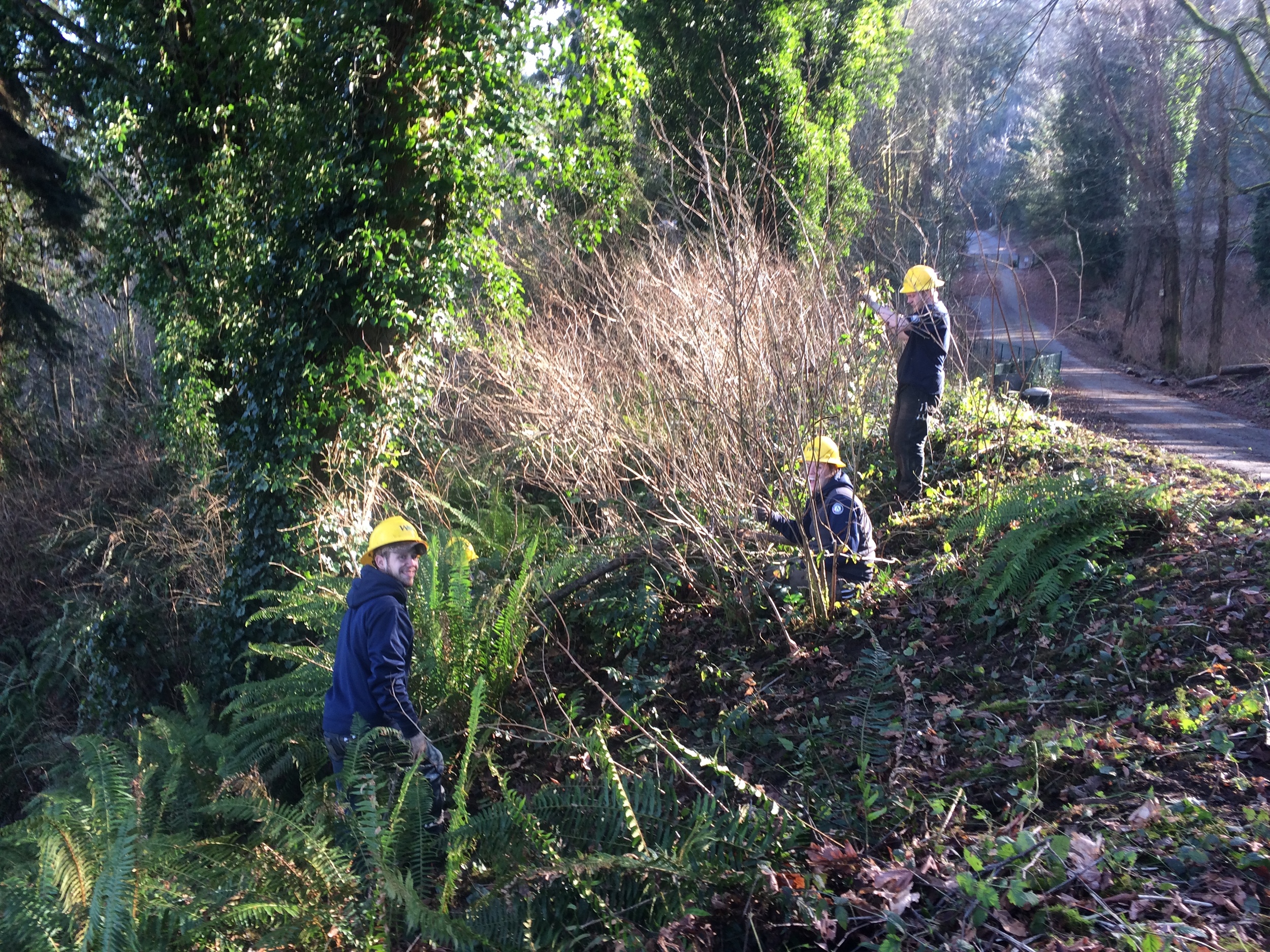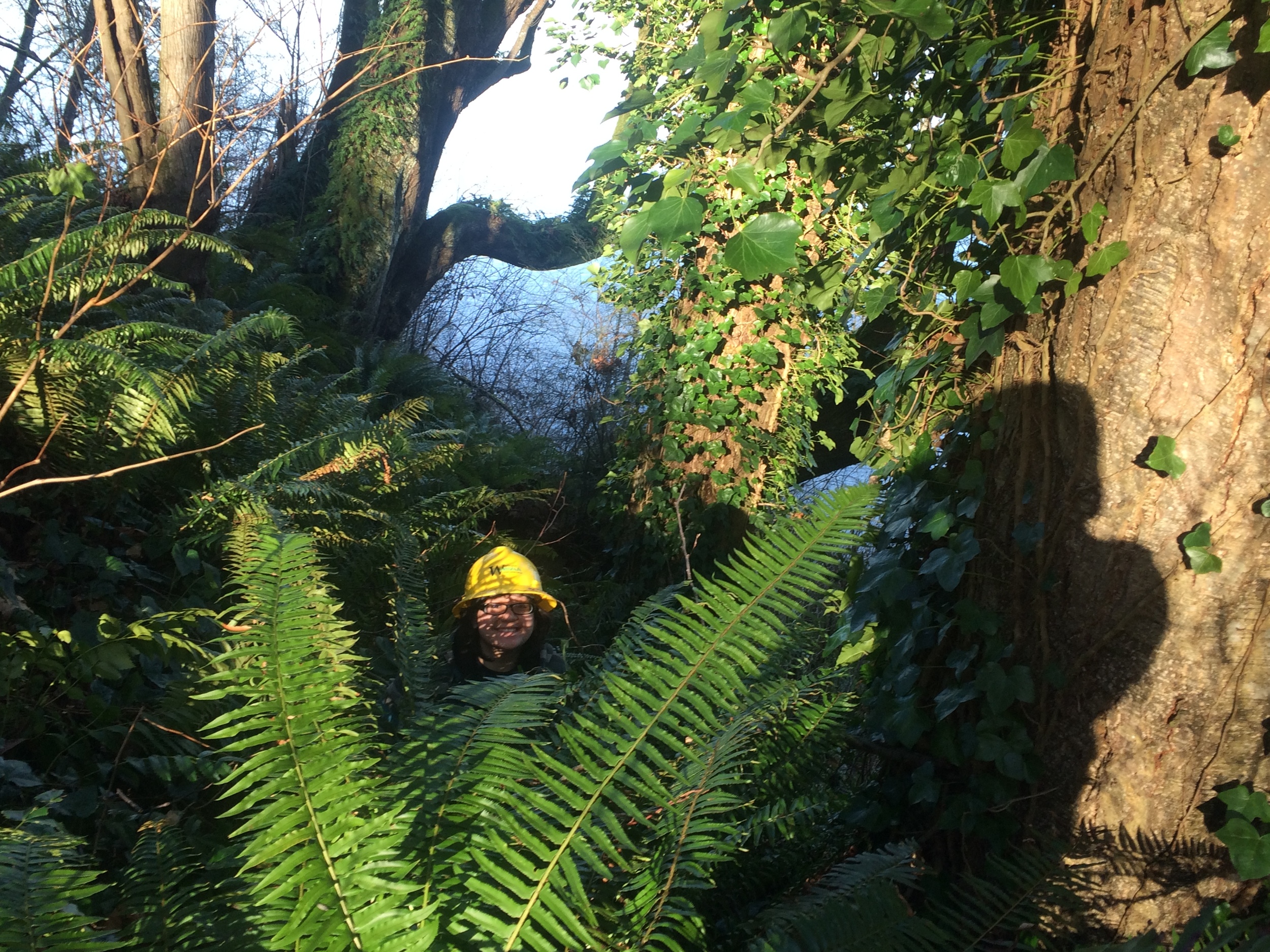A Closer Look at Wetlands
/by Alex Pittman, Habitat Restoration Specialist
Let’s go ahead and start from the beginning. What exactly is a wetland? Most people have some sense of the value and/or limits of having a wetland on their property, but it’s not always easy to explain why wetlands have value or where the line is between wetland and upland. There are an overwhelming number of wetland definitions floating around. Most of them will leave you less clear than before, but there is one definition that lies at the core of most wetland policy in the U.S.
Wetlands are areas that are inundated or saturated by surface or ground water at a frequency and duration sufficient to support, and that under normal circumstances do support, a prevalence of vegetation typically adapted for life in saturated soil conditions.
Crystal clear, right? The key words here are water, soil and vegetation. A simpler way to say the same thing is that wetlands are areas that are wet enough— long enough and often enough — to support plants that thrive in wet soils. How wet that actually is can be very different from wetland to wetland, and what the soils and vegetation look like as a result of that wetness can also vary a lot between wetlands. There’s tremendous variety in what a wetland actually looks like, and there are several different wetland classifications that you’ve probably heard before which reflect some of that variety: bog, fen, swamp, marsh, etc.
Why Should We Care About Wetlands?
Wetlands have long been viewed as wastelands, which is understandable. They typically look messy, they’re often full of bugs, and they make it really difficult to grow crops, raise livestock, or build a home. It’s really only been in the past handful of decades that we’ve really started to understand the value and benefit of wetlands to fish, wildlife, and people, and it’s really only been in the past couple of decades that any real regulation of wetlands has taken place.
To be sure, there is a lot left to learn, and it is not an easy thing to craft laws and policies around features as complex and nebulous as wetlands often seem to be. However, there is real reason for us to take another look at these often neglected areas of our landscape and appreciate the functions and values they add to the landscape. Improving water quality, reducing the impacts of big storm events (flooding, etc), and keeping streams flowing with cool, clean water during the hottest months of the year are just some of the benefits to fish, wildlife and humans alike.
The exact mechanisms for providing these functions vary widely from wetland to wetland, but the core of their ability to provide these functions is that wetlands are areas where water has a chance to slow down and hang out for an extended period of time. As a general rule of thumb, the more time water is held in a wetland, the more processes are able to work to clean that water. More time in a wetland means more time for plants and microorganisms to filter some of those pollutants. It also means more time for sediment to settle to the bottom and for water to soak into the ground.
Excess sediment in our water can be very detrimental, as soil particles tend to be really great at latching on to other pollutants and nutrients. Too much of this sediment in our waterways can also have a big impact on fish. These soil particles can trap salmon eggs in the gravel, and can stress fish navigating the stream – imagine one of us trying to go for a walk in the middle of a dust storm. Wetlands essentially act as stepping stones as water moves down through the watershed. Rather than allowing the water to run straight through the system as fast as it can, picking up whatever debris it may and wreaking havoc downstream, wetlands give the water an opportunity to slow down. As water slows down, it loses its ability to move debris, and much of this sediment drops out, resulting in cleaner water downstream.
This slowing of the water is also critical in allowing wetlands to protect against the effects of larger storm events in a watershed. If you were to remove all the wetlands in a watershed, the result would be a much more direct path for water to travel from the top of the watershed to the bottom. This means water is moving faster than it otherwise would be, piling up on itself as it gets to the lower watershed. In other words, it floods.
Wetlands add complexity to the water’s pathway downstream, slowing the water down and spreading the storm’s influx of water throughout the watershed, reducing the flood impact in any one spot. This also benefits us in summer, long after the storm has passed. The current climate trend in the Pacific Northwest is towards warmer, wetter winters, and hotter, drier summers. From a watershed perspective, that translates roughly to too much water in the winter and not enough in the summer.
Wetlands not only protect against the impact of too much water in the winter but keeping the water held higher in the watershed during the wet season allows more of it to soak deep into the groundwater, where it is released more slowly as cooler, cleaner water downstream. As a result, wetlands also help keep our streams flowing with cool, clean water even during hot and dry summers.
Wetlands also provide great habitat for birds and wildlife. The unique soil and vegetation conditions, along with an abundance of decaying plant material, lays the foundation for robust populations of macroinvertebrates, amphibians, birds and mammals. Snags, brush piles, and downed wood — staples of many healthy wetland systems — contribute valuable nutrients and building material to promote the health of these populations, as well.
Wetland Restoration in Practice
Starting this fall, keep your eyes peeled as you drive along Highway 2 between Monroe and Snohomish. The Snohomish Conservation District recently secured grant funding to complete a wetland restoration project at the Monroe Wetland Park, which is owned by the City of Monroe. For the next few years, the District’s Washington Conservation Corps crew will be establishing native, woody vegetation throughout eight acres of wetland and streamside habitat just north of Highway 2 near Lake Tye. Replacing the existing vegetation, primarily invasive reed canary grass and bittersweet nightshade, with a diverse mix of native, woody vegetation will increase shade to the stream and restore healthy wetland hydrology to the site. This will also improve groundwater recharge and reduce flooding in the agriculture-dominated floodplain directly downstream.
What Can You Do?
If you have a wetland on your property, there are a lot of things you can (and cannot) do to help protect and improve its health and ensure its ability to provide the functions we all depend on.
Plant Native Plants: Native plants can help restore some of the functions of your wetland. Many native plants are adapted to growing in the unique saturated conditions of wetlands in the Pacific Northwest. You can check out SCD’s Wetland Plant List Fact Sheet at http://www.betterground.org/wetland-planting-list/ to get started!
Keep it Messy: Wetlands are inherently messy. Learning to love the mess can go a long way in ensuring it stays healthy and functional. It’s okay to leave snags, downed wood, and brush piles!
Call for Help: District staff are available to evaluate the wetlands on your property. We can help you develop a plan to restore or improve your wetland and connect you with valuable resources. If you have a project in mind or would like more information, email habitat@snohomishcd.org or call Alex at 425-377-7013.




